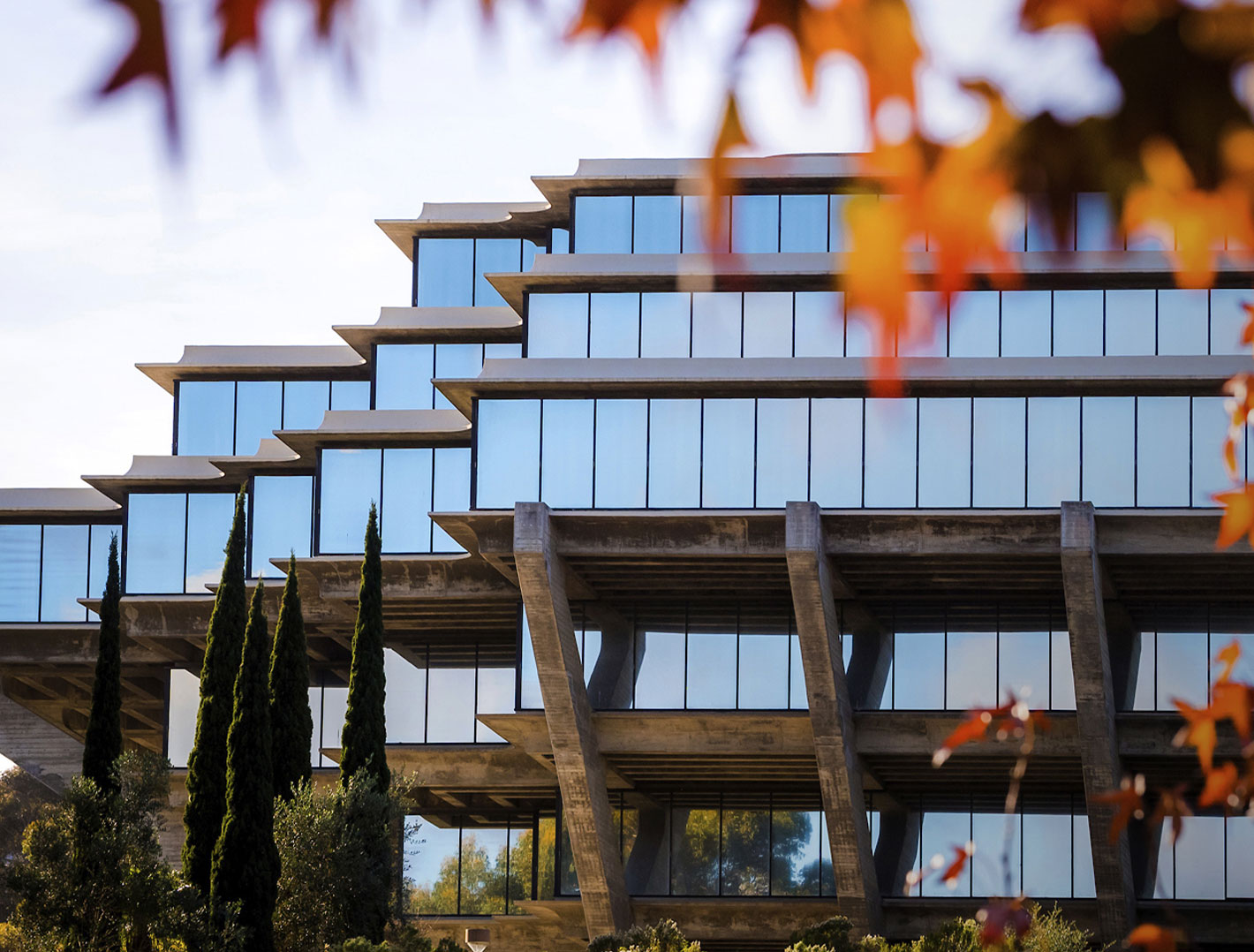The campus’s rich academic portfolio includes seven undergraduate colleges and 10 academic divisions and professional schools. UCSD researchers have an impressive track record for breakthroughs — from achieving the first direct evidence of how a cancer gene works to confirming the buildup of carbon dioxide in the atmosphere. In the arts and humanities, students learn from Pulitzer Prize winners, MacArthur fellows and Tony Award recipients.
Known for a collaborative, diverse, cross-disciplinary ethos, UC San Diego fosters a supportive graduate community committed to students’ academic and professional success. UC San Diego’s main campus is located just minutes from the Pacific Ocean on 1,200 acres of coastal woodland. Music and art lovers enjoy performances at the Conrad Prebys Music Center — which houses one of the acoustically finest small concert halls in the world — as well as productions at the Tony-award winning La Jolla Playhouse and renowned, site-specific artworks of the Stuart Collection.
UC San Diego’s main campus is located just minutes from the Pacific Ocean on 1,200 acres of coastal woodland. Music and art lovers enjoy performances at the Conrad Prebys Music Center — which houses one of the acoustically finest small concert halls in the world — as well as productions at the Tony-award winning La Jolla Playhouse and renowned, site-specific artworks of the Stuart Collection.
San Diego’s mild, sunny weather is ideal for outdoor activities. The area offers miles of coastline, a national forest, mountain ranges and California’s largest state park, along with the world-famous San Diego Zoo. Diverse and vibrant communities, such as North Park and Hillcrest, are a short drive from campus — and popular places for graduate students to live or unwind.
UC San Diego recently opened a new Student Veterans Resource Center. Other resources include the Black Resource Center, Cross Cultural Center, LGBT Resource Center, Raza Resource Center and the Women’s Center. Sustainability is part of UC San Diego’s institutional DNA. More than 30 campus structures are equipped with solar panels and more than a dozen buildings are LEED certified. Wireless sensors situated across campus determine the best time to gain and expend energy.
